Kungfu, oder Gongfu, ist weit mehr als nur eine Kampfkunst. Es ist eine tief verwurzelte Lebensweise in China, die sich über Tausende von Jahren entwickelt hat. Die Ursprünge der chinesischen Kampfkünste reichen bis in die frühen Dynastien zurück. Erste Überlieferungen verorten ihren Ursprung in der Xia-Dynastie (2070–1600 v. Chr.), wo sie vor allem zu militärischen Zwecken und zur Selbstverteidigung genutzt wurden. In der Zhou-Dynastie (1046–256 v. Chr.) begann man, Kampftechniken systematisch zu erfassen und weiterzugeben. Während der Zeit der Streitenden Reiche (475–221 v. Chr.) wurde besonders viel Wert auf Waffenführung und strategisches Denken gelegt, was die Entwicklung der Kampfkünste weiter prägte. Auf dieser Grundlage entstanden im Lauf der Jahrhunderte die vielfältigen Kungfu-Stile, die wir heute kennen. Zugleich entwickelte sich Kungfu auch zu einer Praxis der persönlichen Reifung, Disziplin und spirituellen Entfaltung.
Ein besonders berühmtes Kapitel der Kungfu-Geschichte ist mit dem Shaolin-Tempel verbunden. Dieser wurde im 5. Jahrhundert in der Provinz Henan gegründet und entwickelte sich bald zu einem bedeutenden Zentrum für Kampfkunst und geistige Schulung. Die Lage am Fuße des heiligen Song-Berges bot eine ideale Umgebung für körperliches und geistiges Wachstum. Die Mönche des Tempels sind für ihren einzigartigen Stil des Shaolin-Kungfu bekannt, der körperliche Kraft, Meditation und Philosophie miteinander verbindet. Ihre Praxis wurde zu einem weltweiten Symbol chinesischer Kampfkunst. Der Aufstieg des Shaolin-Kungfu ist auch eng mit der Einführung des Chan-Buddhismus in China verbunden, was seine geistige Tiefe zusätzlich bereicherte.
Die Geschichte des Kungfu ist ebenso mit legendären Persönlichkeiten verknüpft. Einer der bekanntesten ist Guan Yu, ein General aus der Zeit der Drei Reiche (220–280 n. Chr.). Er gilt als Sinnbild für Loyalität, Mut und kampferprobte Stärke. In der chinesischen Kultur steht sein Name für Gerechtigkeit und Ehre. Seine berühmte Waffe, die Grüne Drachenklinge, wird oft zusammen mit ihm dargestellt und symbolisiert seine meisterhafte Kampfkraft. Guan Yu inspiriert bis heute viele Kampfkunstschüler, die ihn als Vorbild an Tugend, Haltung und Entschlossenheit sehen. Seine Bedeutung reicht weit über die Kampfkunst hinaus, denn auch im Daoismus und Konfuzianismus wird er verehrt.
In den 1970er Jahren erlebten traditionelle und moderne Kungfu-Stile einen weltweiten Aufschwung. Vor allem der Einfluss legendärer Filmfiguren trug dazu bei, Kungfu einem internationalen Publikum bekannt zu machen. Bruce Lee revolutionierte mit seinem Stil Jeet Kune Do und seiner charismatischen Leinwandpräsenz die Wahrnehmung chinesischer Kampfkünste. Ihm folgten Persönlichkeiten wie Jackie Chan, der mit akrobatischem Stil und Humor begeisterte, Jet Li, der durch seine elegante Wushu-Technik in historischen Filmen glänzte, und Donnie Yen, der mit seiner kraftvollen Interpretation von Wing Chun und modernen Actionszenen ein breites Publikum erreichte. Durch diese Filme entstand nicht nur weltweites Interesse an chinesischer Kampfkunst, sondern auch ein neues Bewusstsein für die dahinterstehenden philosophischen und kulturellen Inhalte.
Die chinesische Kultur selbst ist geprägt von einer tiefen historischen Vielfalt. Tradition, Familie und Harmonie haben einen hohen Stellenwert. Die Lehren des Konfuzianismus, Daoismus und Buddhismus fließen in viele Lebensbereiche ein. Kulturelle Ausdrucksformen wie Kalligraphie und Malerei spiegeln oft philosophische Konzepte von Balance und Naturverbundenheit wider. Musik und Poesie feiern die Schönheit der Welt und des Moments. Auch in der Kampfkunst finden sich diese Ideen wieder. Begriffe wie „Tiandi“ (天地) und „Tianxia“ (天下) sind tief in der Kungfu-Kultur verwurzelt. „Tiandi“ bedeutet „Himmel und Erde“ und steht für das Zusammenspiel aller Dinge sowie das Gleichgewicht zwischen gegensätzlichen Kräften, ein zentrales Prinzip des Daoismus, das sich auch in den Bewegungen und der Haltung im Kungfu widerspiegelt. „Tianxia“, wörtlich „Alles unter dem Himmel“, drückt ein universales Verantwortungsgefühl und das Streben nach einer harmonischen Weltgemeinschaft aus, wie es der Konfuzianismus lehrt. Für den Kungfu-Praktizierenden bedeutet das, Haltung zu zeigen und für Gerechtigkeit einzustehen.
Auch die chinesische Esskultur ist Ausdruck dieser Vielfalt. Regionale Küchen mit ihrem Fokus auf frische, saisonale Zutaten sind ein wichtiger Teil des kulturellen Erbes. Wer in China trainiert, hat die Möglichkeit, nicht nur tief in die Kampfkunst, sondern auch in das kulturelle Leben einzutauchen. Die Verbindung von körperlicher Praxis und kultureller Erfahrung macht das Training in China zu etwas ganz Besonderem. Wer sich auf diesen Weg einlässt, wird nicht nur in seiner Technik wachsen, sondern auch ein tieferes Verständnis für die chinesische Lebenswelt gewinnen.



